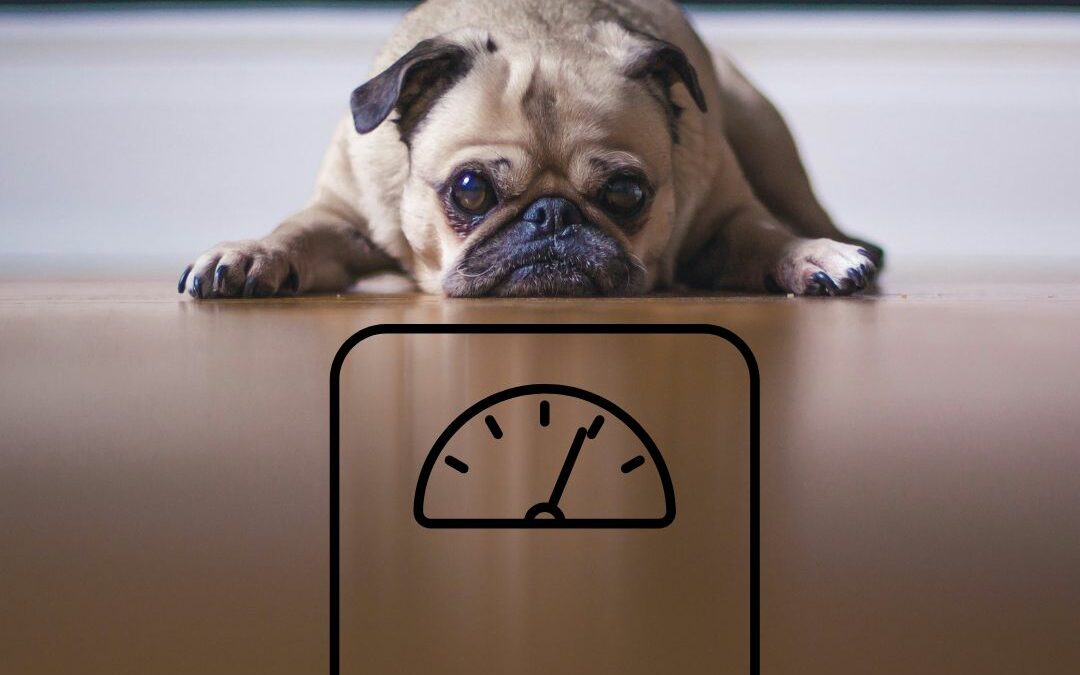It can happen so slowly over time that you don’t notice. (Same with humans, right!?) And that sweet face? Well, it deserves all the treats! But dog obesity is a problem that needs to be dealt with as soon as you realize your dog has gone from a little squishy to, well, a lot.
Signs your dog is obese
Appearance
Of course, you can likely tell just by looking at them. But sometimes, if they’re extra fuzzy or have an extra thick coat, it can be easy to ignore.
You can start by checking them out from overhead. They should not be shaped like a square or a sausage. They should be wider in the chest and narrower in the waist. And you definitely shouldn’t see their belly hanging from the side. And some dogs, as they get fat, will have pudgy rolls at the base of their tails.
Lack of jumping
If you have a dog that has always been a jumper – over things and onto furniture – and you notice this isn’t happening, there’s a good chance they’ve gained an unhealthy amount of weight.
Breathing issues
Is your dog panting even after a short walk with no running? They shouldn’t be. Pay attention to their breathing and it can tell you a lot about their health.
Snoring
Some dogs snore because of anatomical features and they do so from the time they are puppies. But if your dog has not been a snorer and has turned into one, that can be a sign of obesity. (And if they’ve not gained any weight, talk to your vet about the snoring.)
Dog’s gait
If your dog waddles side to side as they walk, well, you can bet something is in the way of their gait. Their legs are most likely compensating for a big belly.
How to help your dog lose weight
Go to the vet
First, get a thorough check up. Sometimes there is an underlying issue causing the weight gain. Once you rule that out, your vet will definitely have suggestions for weight loss.
Be strong
If you’re part of the reason they’ve gotten heavy, then part of this work is going to be hard for you. You’re going to need to deny them all those treats and all that people food. You have to be strong for them and ignore the begging.
Try to transition to non-food rewards if you can. Snuggles. Pets. Brushes. What do they love?
Track everything they eat
If there is more than one human in the house who feeds the dog, you all have to be on the same page about volume and treats. Track it all. Make sure they’re only getting what they need. (And again, talk to your vet about determining calories per day.)
Exercise
If your dog is obese, it’s likely that you’ve both gotten used to not doing quite as much when it comes to walking and playing. That needs to change. Get out for more and longer walks. And play more fetch. Play more games in general. Make sure you have options for playing in the house in case of bad weather.
Final Tip
If you were trying to lose weight yourself, you know that this takes patience. Give that same patience to your dog. And to you… this will include changes of your behavior also.

